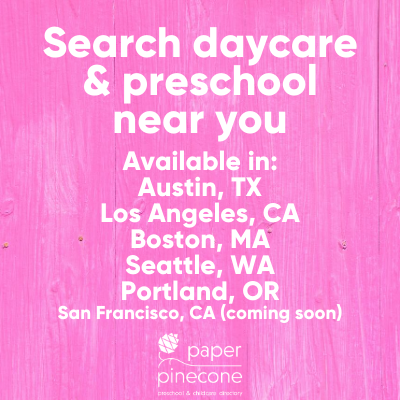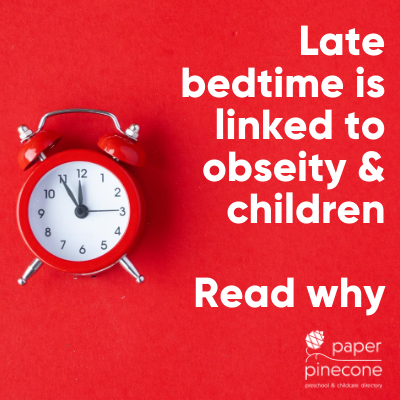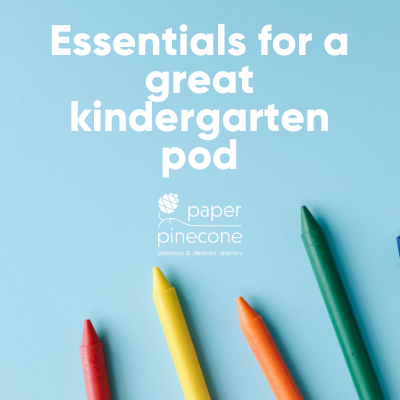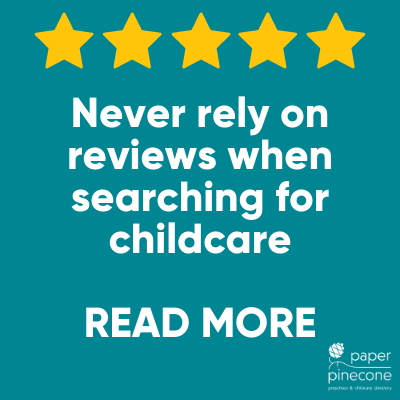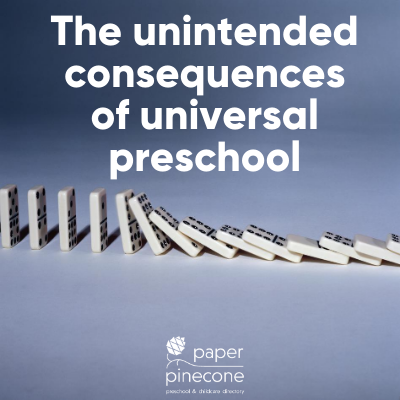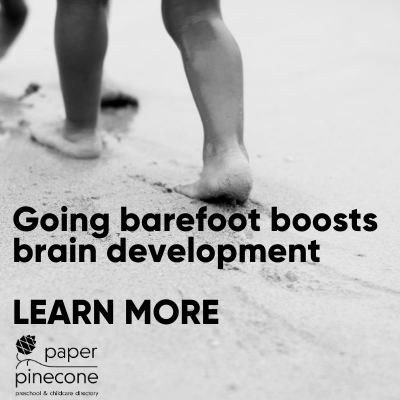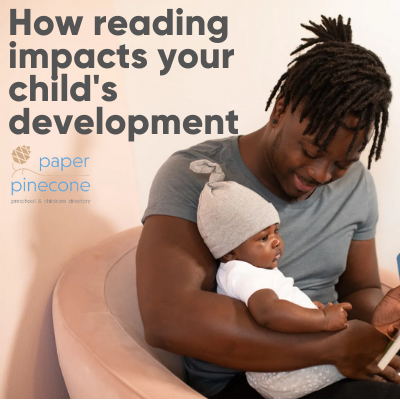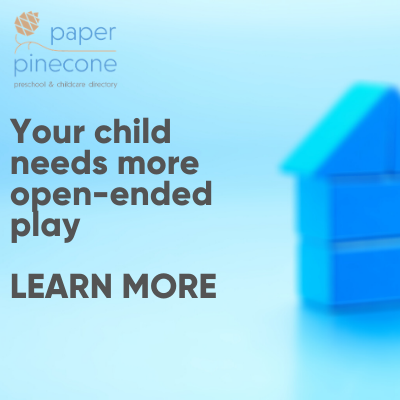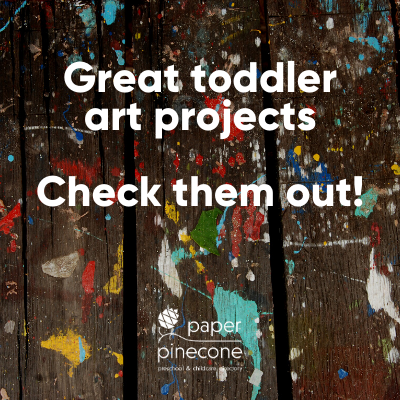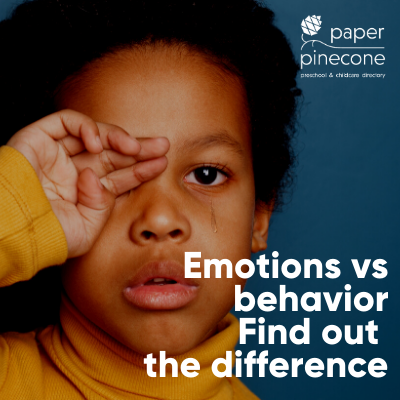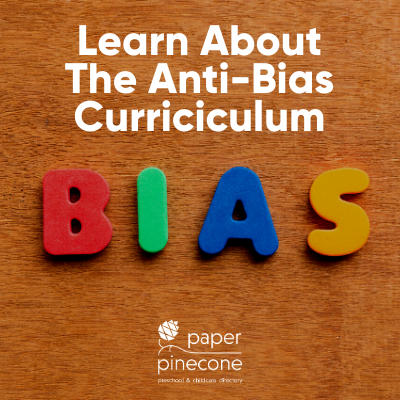Positive Discipline Works Better than Punishments

Published Date: 11/26/19
When you think about discipline, what comes to mind? For many people, a vision appears of their own parents screaming and doling out punishments as they trembled in fear. Maybe you were going to be spanked, or grounded, or sent to your room, or beat with fists and other objects.
You might believe that harsh punishments worked for you – maybe you even say to people, “I turned out okay.” But the truth is, you turned out okay despite the harsh punishment, not because of it.
Along with harsh punishments comes fear, anger, and rejection. It can break bonds between parents and children and teaches us that those punishments are equated with love. Research tells us that children who were spanked are more likely to end up in violent relationships as adults – both as the aggressor and the victim.
As you raise your own children, you probably draw on your experiences to parent, including how you approach discipline. You have a decision to make – will you perpetuate the cycle of harsh punishment, or will you take a research-backed approach and utilize positive discipline.
Difference between Discipline and Punishment
The original Latin word of discipline is ‘disciplina’ which means ‘to teach’. You might say that the harsh punishments you received as a child taught you not to do something, but it didn’t really. It taught you that there was a punitive consequence to your action. If you were grounded for a while, it taught you how to “do time”. If you were spanked or hit, it taught you that people who love you use violence against you, and to solve your problems with violence.
When you discipline, you instruct, direct, and correct. You are teaching a child not just that their actions were wrong, but WHY they were wrong, and helping them learn the self-control needed so over time, they learn not to repeat the same behavior.Punishment, whether it be physical (spanking, hitting), or psychological (shaming, isolation) does not teach a child self-control. It is designed specifically to inflict suffering, not help a child understand why their actions were wrong.
HER BODY CAN - A BOOK ABOUT BODY POSITIVITY
That doesn’t mean there aren’t consequences to when you discipline – far from it. Natural consequences are a key part of discipline. The difference, however, is that the adult isn’t tasked with developing a punitive measure the child will be forced to endure to teach them a lesson.
What is positive discipline?
Positive discipline is a philosophy that is based on mutual respect, loving guidance, and non-violent communication between adults and children. It helps children to develop the self-control and social skills that they will need later in life. As children grow, they will have a strong understanding of right and wrong and will ultimately choose to do what’s right.
Why punishment doesn’t work
Kids have a strong desire to connect and be close to their parents and caregivers. However, they also desire to explore the world around them and be independent. When you use harsh tones, threats and angry fits, your child feels rejected and insecure. Their brains are underdeveloped at this stage and these tactic have lasting effects from damaged self-esteem, to increased verbal and physical aggressiveness, to making them more susceptible to bullies.
Tips for positive discipline
The irony is, parents, don’t enjoy the constant power struggle and yelling all the time either but revert to it because they don’t have other tools. Using these tips, you can move forward with positive discipline and you’ll see improvements in both your communication and your child’s behavior.
1. There are no bad children, just bad behavior - Separating your child from their actions is the core of positive discipline. You have to do this first in your mind before you can translate it to your child. For example, what do you do when your child hits their friend? Do you feel ashamed and angry and call them bad boy or tell them they’re naughty?
Instead, understand that your child might be hungry, sleepy, or even angry. Go over calmly and say, “‘That was not good behavior. We do not hit other people.” Ask your child how they think the victim feels – this will help to develop empathy. Don’t force apologies, but teach a child why he or she should feel sorry for their words or actions, and apologies will come naturally to them.
SUPPORT CHILDREN'S EMOTIONAL WELLBEING DURING COVID-19 CLOSURES
2. Be kind but firm - Parents often end up at extremes – too kind or too firm, but the key is to be both. Positive discipline is built on respect and taking this approach validates that.
It’s important to remember that the problem most often doesn’t have to be solved immediately when you’re angry or when your child is upset.
Remember these phrases which you can utilize in the moment:
• You’re such a great problem solver I know you can think of a helpful solution.
• Your turn is coming.
• I know that you can speak in a respectful way.
• I love you and will wait until we can both be respectful to finish this conversation.
Also, there are times when acting instead of talking is a better solution. You can take a child by the hand and show him or her what needs to be done.
3. Change the scene - Sometimes, you have to prevent bad behavior instead of waiting for it to occur. If something triggers your child’s bad behavior, you can remove him or her from the situation or change the scene.
Getting my daughter to eat her food was difficult when the TV was on. She would hold the food in her mouth for at least 20 minutes without swallowing and cause a massive fit if you turned off the TV.It wasn’t until all of us started eating in the dining room away from the TV that she stopped doing that. Dinner time became a family affair where everybody ate and told stories instead of watching TV, and it worked.
HOW TO RAISE RESILIENT CHILDREN - READ NOW
Sometimes, it is not so much the child that needs to be disciplined. If you make changes anticipating bad behavior, it can prevent it from occurring in the first place.
4. Treat mistakes as opportunities to teach - A child often acts out to get attention or as a means to an end.
Punishing them in these situations doesn’t correct the behavior long-term. You can see it as an opportunity to teach them. In doing so, you’ll create a win-win situation.
Use examples to teach them a lesson instead of spanking them, screaming at them or launching a lecture. For instance, you can say, “Do you remember how bad you felt when Peter hit you? It hurt. When you hit your friend, that’s how they feel”.
5. Listen to your kid's ideas - Parents and teachers are often used to being tyrants that they don’t consider other strategies. Every child is different, so you have to come up with unique ways to raise them. The most effective approach is been working together to come up with solutions that you both agree upon.
SPINMEAL PLATE IS THE SOLUTION FOR PICKY EATERS
A fantastic book called How to Talk So Kids Will Listen & Listen So Kids Will Talk has a step-by-step process of coming up with a mutually agreeable mode of discipline. Put your feelings on the table; let your child do the same and them brainstorm on some solutions that you both like. Because the child was part of the decision making, they have to oblige to the consequences without questions.
Recommended Reading
6. Let them suffer natural consequencesGrounding, no TV, no phone, and no friends are all made up consequences that have nothing to do with the behavior. They are also forms of punishments that your child can do without. Instead, let your child suffer the natural consequences of their actions. For instance, if they refuse to eat, let them sleep hungry instead of threatening and bribing.
7. Reward good behaviorReinforcing consequences for bad behavior is not the only form of discipline. Remember that discipline is teaching, and you can use even positive things to teach. Most parents and caregivers are always very critical and quick to notice the wrongs but rarely discern the good. Change your sights to see more of the good in the child than the bad.
For instance, did the child share their toys today? Tell them you are very proud and that sharing is excellent. Did they brush their teeth in the morning without running battles? Tell them you are happy, and so is the tooth fairy because clean teeth are beautiful.
With such regular positive reinforcement, your child will quickly get addicted to feeling good and making you happy. They realize that they can get your attention with good behavior just as much as they do with bad behavior. Your relationship will be better and eventually doing the right thing will be part of them.
STUDY: THE BENEFITS OF PRESCHOOL EXTEND FOR GENERATIONS
Teach your child what to do instead of always yelling what not to do. Instead of saying, don’t jump on the couch, tell them to play on the floor because it’s safer.
Healthy Disciplinary Techniques for Different Ages
0-2 years
The closeness between a child and their parents has to be harnessed by presence. Spend a lot of time with them from birth to play, sing, encourage and just showing affection. Your presence, and the presence of other caregivers who love him or her, will make the child feel secure and able to trust you in future.
By the time they are six months, babies develop curiosity and the need to explore. Secure their environment by baby proofing appropriately (no need to go overboard) and ideally, create a safe space in the house where there are no ‘nos’, meaning, you’ve created an environment for your child to explore uninhibited.
Between age 0 and 2, do not do anything that may instill fear such as shouting or spanking. When you see the child doing something potentially dangerous, simply say, “No, that’s not a safe choice.” and move them to something different. Don’t be overbearing – as your child grows you’ll need to put your own fears aside and realize that they’re going to fall and get bumps and bruises along the way.
2-3 years
Ah, the terrible twos. Tantrums start, if they haven’t already, and this can be a challenging time.
Children are learning to express their feelings and exert their independence. Violence is common at this age, and these outbursts can get to you.
However, before you loose your cool, you can try to help your child through his or her feelings with a ‘time in’. Pick a spot in the house that your child finds calming and sit there together until the moments have passed. If your child wants to be held, do so lovingly. If your child doesn’t, sit quietly with him or her until calm.
Once things have settled down, as your child to express his or her feelings and help if they don’t have the words.
Teach him to use words instead of hitting or throwing stuff. Say to them, “We don’t hit, hitting hurts. Tell me how you feel. Are you mad?”
What they need is to be heard, understood and shown the right way.
Before you leave the house, lay out your expectations and the consequences repeatedly. If you’re going to the park say, “We’re going to the park and it’s not okay to hit others. If you hit anyone we’re leaving immediately. Do you understand?” Repeat this several times before heading out and again when you arrive.
If your child hits, pick him or her up, say, “We’re leaving now because you hit,” and leave immediately (despite the ensuing tantrum). Do not give warnings, and no three strikes. Warnings and strikes give children permission to commit the offense several times before feeling the consequence of their actions. It’s critical that you lay out your expectations and what the consequence is prior. Not doing so is unfair and confusing to a child.
3-5 years
You’ve spent time now teaching your child about expectations and consequences.
Once they know what is wrong and what is right, you can now enforce positive discipline by talking to them when they do wrong and upholding the consequences. For instance, when your kid draws cartoons on your beautiful walls, discuss with them why it is wrong to do that and them let them clean up the mess. You can show them how to clean and take away the crayons for a day. If they repeat the mistake, remind them about your discussion calmly and enforce the consequences again.For positive discipline to work, you have to be consistent and patient. You can discuss what the consequences of such an action will be together and then uphold them as a family.
Spanking
The bottom line is that spanking is never acceptable. Never, in any circumstance, should you hit a child. Spanking teaches children that violence comes from people you love, increases their aggressive behavior, and is ineffective in teaching children self-control. The American Academy of Pediatrics has come out against spanking, as well.
Conclusion
Positive discipline in kids who are 0 to 5 years is crucial because these are the formative years. What your child learns at this age becomes part of who they are in the long run. While it may seem like a tall order, once you understand that kids just want to feel closer to their parents, it gets easier.
Positive discipline begins with you coming down to their level physically, looking them in the eye, and showing respect. Understand the child's feelings by hearing them out and try to be calm and collected most of the time. If you lose your temper occasionally, use it as an opportunity to apologize and show your child that even parents make mistakes. You’re their first and greatest teacher.
Paper Pinecone is a childcare resource giving you access to the best preschools, daycares, before/after school programs, pods and tutors. Parents always search free and childcare providers always list free. Send inquiries about daycare, preschool, pandemic pods, and microschools to [email protected].
- stacey's blog
- Log in or register to post comments
